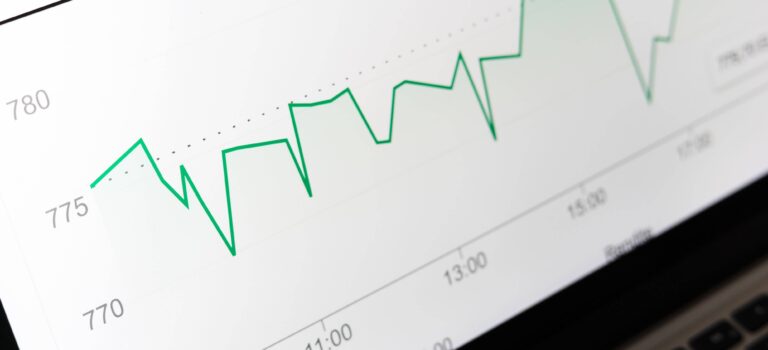The Investor Guide to Fidelity Funds for July 2022 is AVAILABLE NOW! July Data Files Are Posted Below Market Perspective: Reason for Optimism in the 2nd Half of 2022 Equities and […]


The Investor Guide to Fidelity Funds for July 2022 is AVAILABLE NOW! July Data Files Are Posted Below Market Perspective: Reason for Optimism in the 2nd Half of 2022 Equities and […]
Click Here to view today’s Global Momentum Guide WEEKLY SECTOR MOVERS The Dow Jones Industrial Average declined 1.28 percent last week, the Russell 2000 Index 2.15 percent, the S&P […]

The markets finished the week in the negative territory again. It was the 11th losing week out of the past 13 weeks for the S&P 500.
Inflation remains the main concern, with the possibility of a recession the second. For the week, the Dow Jones Industrial Average was down 1.3 percent, the S&P 500 lost 2.2 percent, and the Nasdaq lost another 4.1 percent.
As we come to the second half of the year, the S&P 500 is down 21 percent, making it the worst first half for the S&P 500 since 1970. Last month, the index was down 8.4 percent, making it the worst month of June since 2008.
Whether we go into an actual recession or just an economic slowdown is a guess, and some economists believe we are already in a recession. At the end of July, we will get the first estimate of the second-quarter GDP report, which should verify if we are indeed in a recession or not. Some of the financial markets that are indicating we are in an economic slowdown include:
Copper prices were down 20 percent in the second quarter, the largest quarterly drop since 2011. The price of copper is normally used as an indicator of economic trends, and copper dropping in price indicates concern.
The first half of 2022 has seen all sectors of the S&P 500 fall except for the energy sector. The defensive sectors that include utilities, consumer staples and healthcare have done better than others, but have still recorded losses. Here is a recap of all S&P 500 sectors for the first half of the year:
Overall, the stock market had its worst first half in over 50 years, with only oil showing a gain. Here is the final tally of the major market indexes as of the close on June 30th:
Pending home sales for May were up slightly, but still 13.6 percent lower than May 2021. The uptick in May sales broke a streak of six months of declining demand. The slight increase is most likely due to a modest lowering of mortgage rates in May and more homes came on the market.
According to the S&P CoreLogic Case-Shiller Index, home prices rose 20.4 percent in April compared to April 2021. But the price increases were showing signs of slowing.
The 30-year fixed mortgage rate dropped slightly last week to 5.7 percent. The dropping mortgage rates is a sign that inflation and recession worries are affecting the housing market. A year ago, the average 30-year mortgage stood at 2.98 percent.
The Conference Board reported that U.S consumer confidence dropped to its lowest level in 16 months as inflation worries, especially about food and gas, continue to concern consumers.
The Institute for Supply Management released its monthly report for June last Friday. The current Purchasing Managers Index (PMI) is at 53.0, a drop of 3.1 from the previous month and below the forecasted 54.9.
A reading above 50 indicates growth or expansion in the U.S. manufacturing sector. In addition to inflation and recession worries, supply chain issues are among the leading causes of the drop in June.

The June Issue of the ETF Investor Guide is AVAILABLE NOW! Links to the June Data Files have been posted below. Market Perspective: Inflation Continues to Weigh on Stocks Equities declined […]
Click Here to view today’s Global Momentum Guide WEEKLY SECTOR MOVERS The Nasdaq increased 7.49 percent last week, the S&P 500 Index 6.45 percent, the Russell 2000 Index 6.01 […]